Asian buyers cultivate taste for vintage pieces
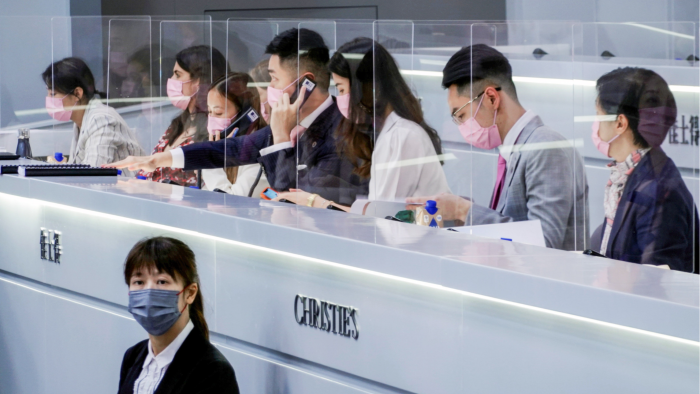
Roula Khalaf, Editor of the FT, selects her favourite stories in this weekly newsletter.
High-quality diamonds find a ready market at Asia’s auctions, but antique jewellery is attracting attention, too.
At Christie’s spring sales in Hong Kong, the Magnificent Jewels auction raked in $54.3mn, aided by some impressive figures for Bulgari including a 1970s diamond and ruby necklace selling for $355,384.
Some choice antique jewels from Van Cleef & Arpels, Tiffany & Co, and Mauboussin also sold well.
There are established collectors, like Albion Art in Japan, but, elsewhere in Asia, antique jewellery is finding a new market — especially pieces by Cartier and Van Cleef & Arpels. When the Chinese first started buying high jewellery, they were only interested in contemporary creations, say jewellery houses. “We saw a hesitation to venture into pieces from the past mostly due to superstition,” says Natacha Vassiltchikov, the international deputy heritage director of Van Cleef & Arpels, who develops the maison’s vintage (1920s-90s) jewellery collection.
“Today the situation is quite different: our heritage collection always attracts a lot of interest at high jewellery events [in China],” she says. Like other collectors “they appreciate creations which are rare and have a distinctive style and look”.
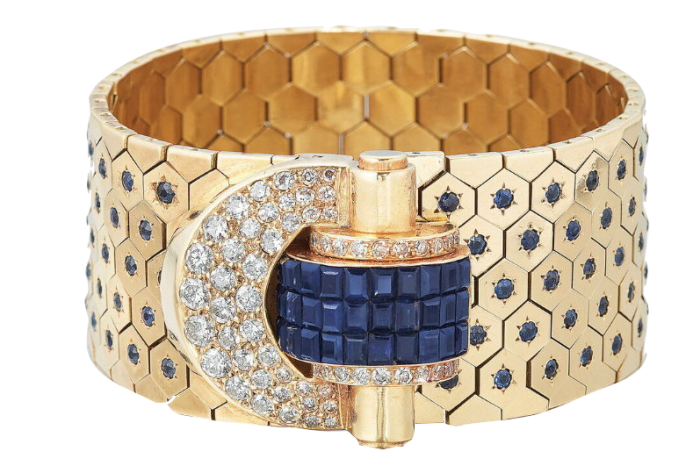
Sales, influential exhibitions, and promotional and cultural programmes hosted by auction and jewellery houses, together with social media, have spread the knowledge, enhancing the allure of antique jewellery among Asian collectors. However, beyond Asia’s auction houses there is Cartier Tradition (selling pre-1970s heritage jewellery) and Cartier Vintage (post 1970s) and only a handful of specialist antique dealers like the Palais Royal Paris gallery in Hong Kong and Revival in Singapore, catering to this newfound interest.
Illustrating this passion to learn, Gilles Zalulyan, co-founder of Palais Royal Paris which wholesales and retails antique jewellery, recalls taking one Chinese client around th e Musée des Arts Décoratifs in Paris. “After that [visit] she realised vintage was so much more interesting than modern jewellery, because they are handmade one-of-a-kind pieces,” he says, “so she started buying antique jewellery.”
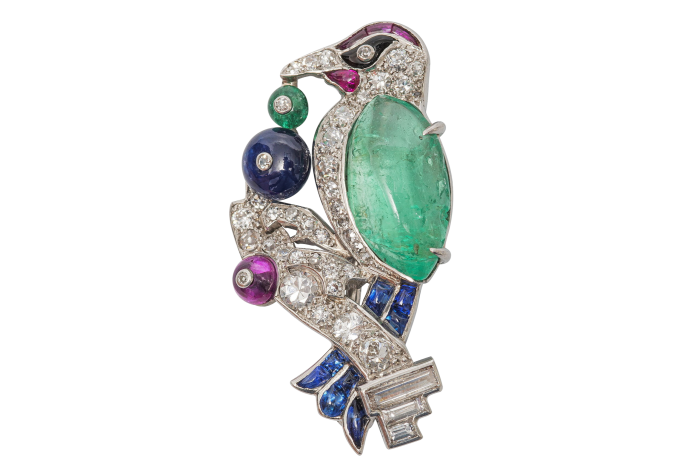
It is, however, still a niche market in mainland China says Brenda Kang, founder of Revival in Singapore. “Clients are those who have an affinity for vintage because many of them are collectors of Chinese works of art like ceramics and paintings.” Kang launched her business in 2013 having spent 15 years working for Christie’s in Shanghai and Beijing and so her first customers were drawn from those clients.
“The first year was a challenge,” recalls Kang, as there was no culture of buying vintage in Singapore and only a small group of collectors. “So I had to think bigger and took trunk shows to Hong Kong, China and Taiwan. It took time but many early adopters of buying vintage have seen their purchases increase in value and,” she adds, “since Covid, the Singapore market has become very strong for me.”
People care more for Cartier, Van Cleef & Arpels and Bulgari, says Zalulyan. He attributes the success of those brands to the marketing activities of their respective heritage departments, which he also supplies. “However, we do carry a lot of Suzanne Belperron, Boivin, LaCloche, Boucheron and some Mauboussin,” he says. His favourite era though is Art Nouveau for its profound creativity, “and I’m totally crazy about René Lalique.”
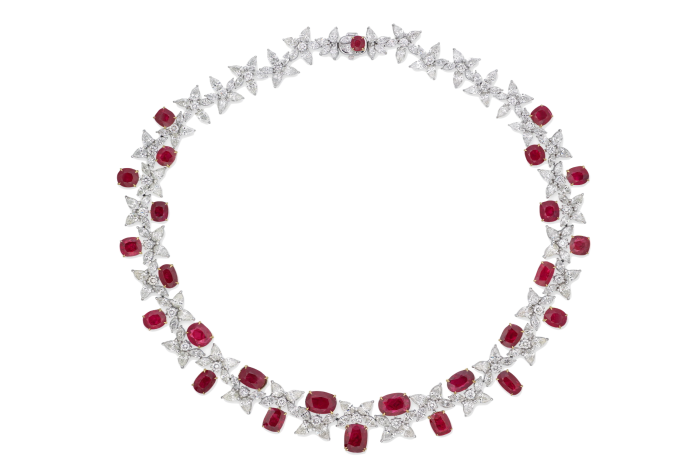
Kang’s inventory is not too dissimilar: Boivin, Belperron, LaCloche, Pierre Sterlé, and more recently the contemporary designer JAR (Joel Arthur Rosenthal).
“For a while Art Deco platinum or Tutti-frutti, and Edwardian diamonds were popular, but since Covid I’ve seen an increase in popularity of more wearable gold jewellery,” she says noting vintage animal jewellery being all the rage, while “Bulgari from the 1980s and 90s and retro Hermès are very hot right now.”
At, Hancocks in London, 1960s and 70s Bulgari pieces are selling well, driven by Chinese interest says director Guy Burton. “More recently we have seen a huge interest from the UK-based Chinese market in Victorian jewellery,” he adds. “Antique jewels may present better value (as there is no VAT here), but shipping to China is problematic with import duties there based on material value for the gold and gemstones.”
The advantages for clients of buying from specialists, say dealers, is the opportunity to try on the jewellery, to feel it for weight and comfort rather than rely on photographs; the direct relationship with an expert and avoiding the frustrations and disappointments of a bidding process.
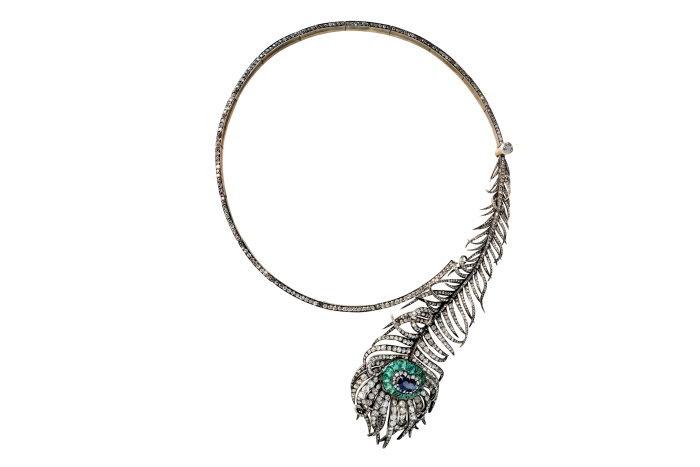
That relationship is so important says veteran London dealer Sandra Cronin, who has attracted a network of Chinese clients over 15 years: “It all comes down to trust, ethics and being in it for the long term.”
Some of them are private clients, and some are dealers acting on behalf of customers in China — they share images of the jewellery via video link direct to clients from her showroom. One keen client has been collecting in preparation of opening a museum in China in the future.
“They just want the best,” says Cronin, “regardless of whether it has a signature, which is a big credit to them as is shows they are knowledgeable and not led by a name.”
Comments